Heel Bruise

Ever had a Heel Bruise? They suck! Here are some ways to prevent and treat them.
Prevention:
Proper Insoles and footwear is the key element for prevention and protection… Shoes with poor insoles and lack of shock absorption may place you at risk for heel injuries or even worse. When you jump and land, The force applied is up to 10 times the body weight. Take a closer look at what is inside your shoe and the harm it could potentially be causing. Remind’s Impact Tech absorbs up to 90% of shock impact as measured by the ASTM.
Treatment:
Cold Compress: Apply a cold compress to the heel area for 10–20 minutes at a time to help dull the pain. This also reduces inflammation and swelling, which may speed up the healing time and make it easier to move. You can also try rolling the foot over a frozen bottle of water
Apply Heat: A few days after the injury, try applying heat to the area. Some people prefer to alternate heat and ice packs. Let the pain guide the treatment, and use whichever works best: heat, ice, or both.
Elevation: Sleep with the foot above the level of the heart and, during the day, elevate it as often as possible. This can reduce swelling and pain. Try lying down with the foot on top of a few pillows.
Rest: Avoid any strenuous activity for the first few days that can re-injure the heel. Heel injuries can also destabilize the foot which can lead to the risk of worse injuries. The goal is to not turn a short rehabilitation period into a long one. Exercise the foot: 1.) While sitting, lift the injured heel and cross the foot over the other leg. 2.) Use a hand to gently pull the toes back toward the body until you feel a stretch. 3.) Hold this for 10–20 seconds, repeating 5–10 times.
Massage: Gentle massage around the heel can promote blood flow and can help ease muscle tension. Once the pain has subsided be sure to consider your insoles and footwear have sufficient cushion to protect the heel when returning to being active again.
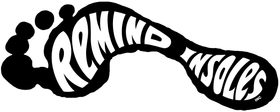

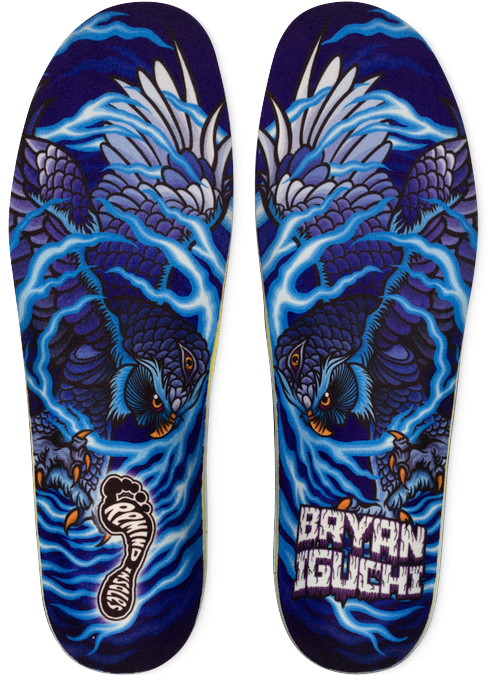
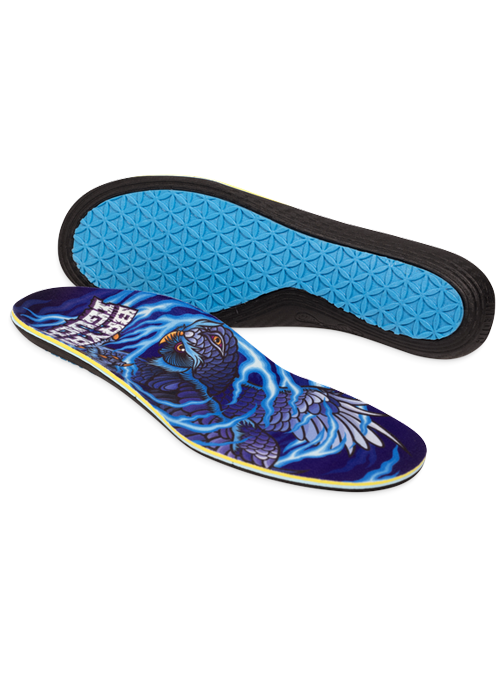

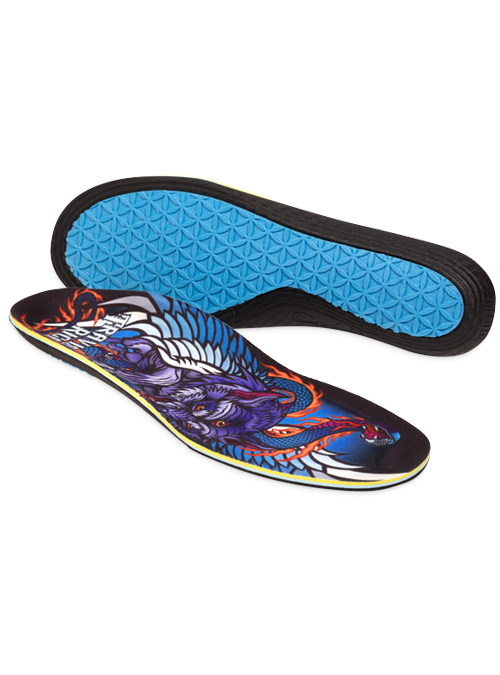


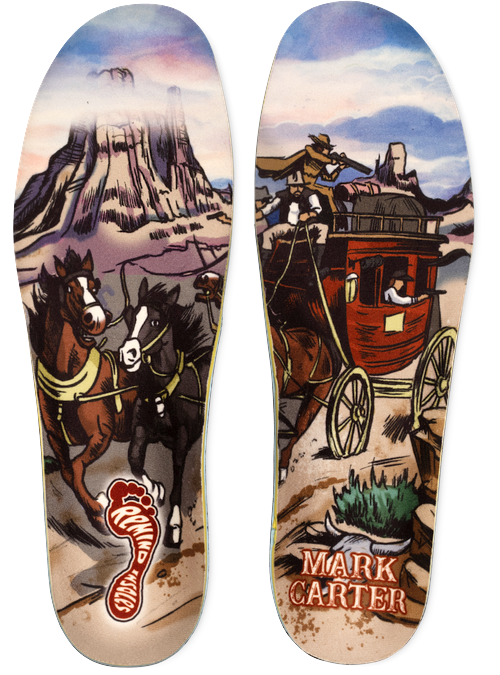
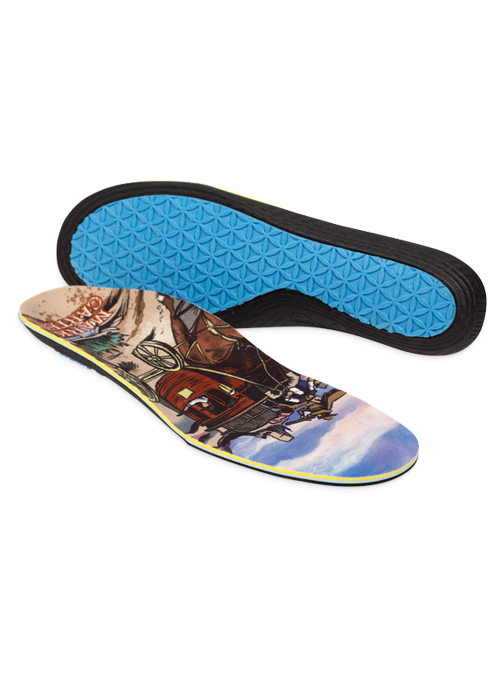





Leave a comment